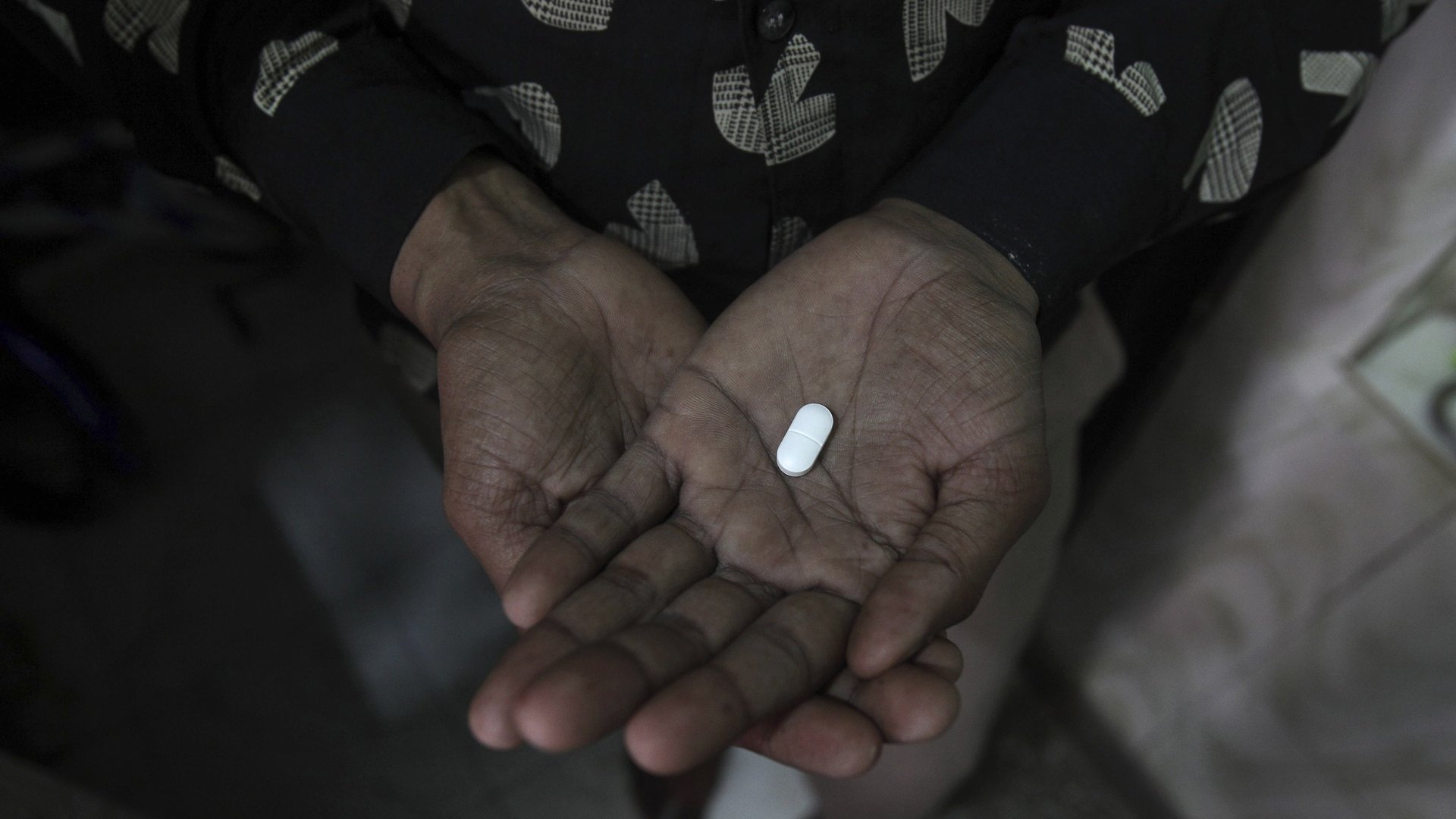WHO: Risk of certain cancers is higher in transgender communities
A July 2015 report published by the World Health Organization (WHO) highlights distinct health risks for the world’s transgender community.


A July 2015 report published by the World Health Organization (WHO) highlights distinct health risks for the world’s transgender community.
Of particular note is the measurably higher risk of cervical, ovarian, and uterine cancer faced by transgender men who retain genitalia they were born with. Due to stigma and social exclusion, many do not regularly receive gynecological examinations and concomitant cervical and ovarian screenings.
WHO’s findings dovetail with a report (pdf) compiled in 2012 by the National Transgender Discrimination Survey which found that nearly half (48%) of trans men report postponing or completely avoiding preventative care out of fear of discrimination. That same report found that one in five trans men refuse healthcare because doctors and other medical personal refer to them as the wrong gender.
According to the US-based National LGBT Cancer Network, although ovarian cancer is a relatively rare disease, it accounts for a disproportionate number of deaths among transgender men because the cancer is often already at an advanced stage when finally diagnosed. If detected early, ovarian cancer is a highly treatable disease.
Additionally, studies have shown that regularly taking birth control pills can decrease a person’s risk of developing ovarian cancer. Trans men are less likely to have taken birth control. Likewise, pregnancy and subsequent breastfeeding have been shown to decrease a persons’s risk of ovarian cancer, and trans men are less likely to have given birth to biological children. This makes regular and thorough gynecological examinations even more crucial.
Unfortunately, the challenges facing trans individuals don’t necessarily end at the clinic door. When trans individuals do make a concerted effort to receive adequate healthcare, they can encounter obstruction from uneducated or ignorant insurers. According to the NLGBTCN, a transgender man with an intact cervix, listed as male on his insurance forms, may not be covered for cervical cancer screening.
This is totally unacceptable—public and private insurance companies must ensure basic, physiologically relevant coverage for every individual. (And it goes without saying that providing a trans man with necessary coverage, such as a Pap smear, is not an opportunity or a “pass” to misgender.)
Brick-and-mortar healthcare providers, like hospitals, need to provide what is called “culturally competent care,” as well. This means training nurses and doctors—particularly in gynecology and obstetrics departments—to provide routine but critical treatments and screenings to transgender patients, without judgment. In the US, the American College of Obstetricians and Gynecologists has already called on its membership to provide full and culturally competent care for transgender patients.
The WHO report rightly calls for greater awareness and outreach to transgender communities by healthcare providers—but it also cautions for sensitivity: “Healthcare providers should recognize that some transgender men might experience emotional discomfort with genital procedures or experience physical pain due to tissue atrophy. Access to cervical screening should be provided routinely without disclosing a transgender man’s sex assigned at birth.”
Finally, health ministries around the world should update national health surveys with relevant (but respectful and non-invasive) gender-identity questions. There is a dearth of data on cervical and ovarian cancer among transgender men, data which is needed to combat a diseases that affects them disproportionately. Even if informal steps are taken to prevent the disease from advancing beyond the stage of effective treatment, it’s absolutely necessary for health officials to conduct research on how cancer affects the transgender community specifically.